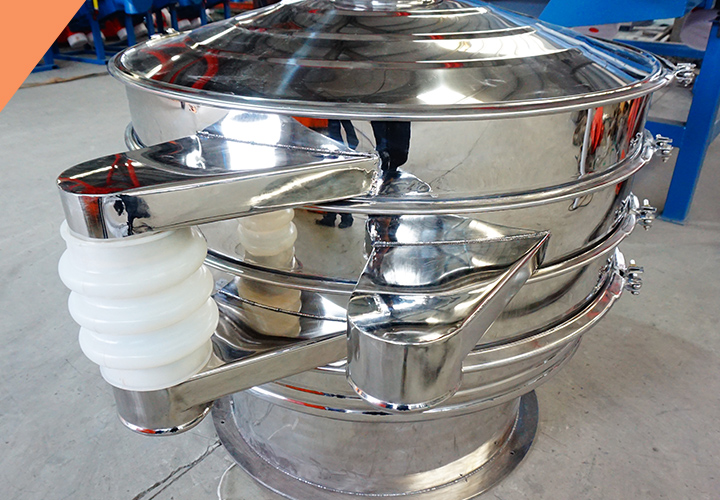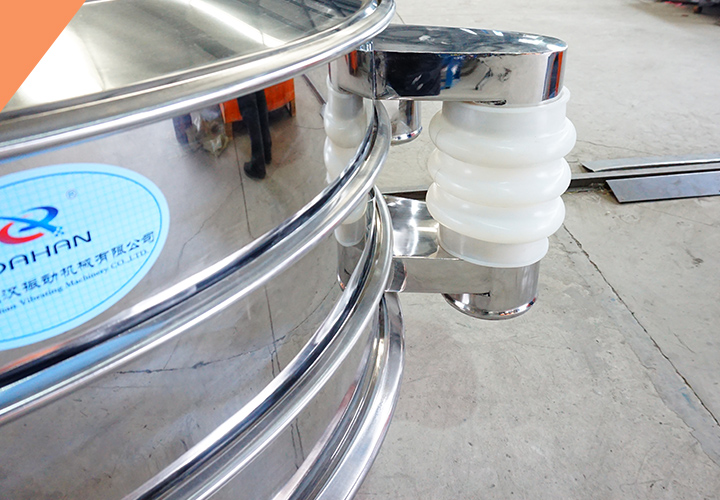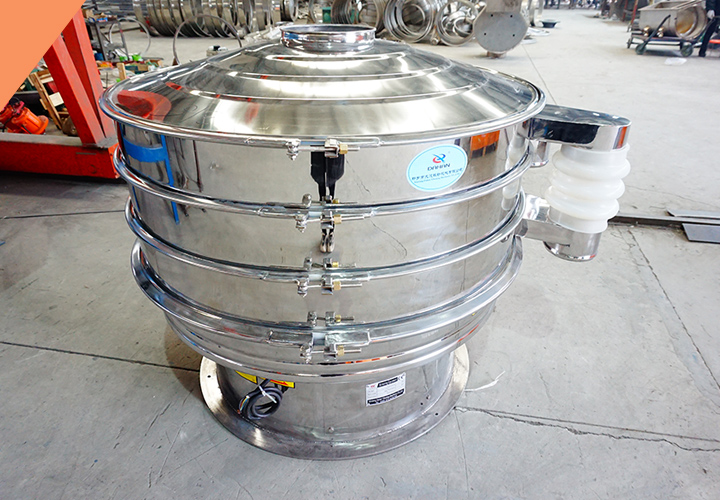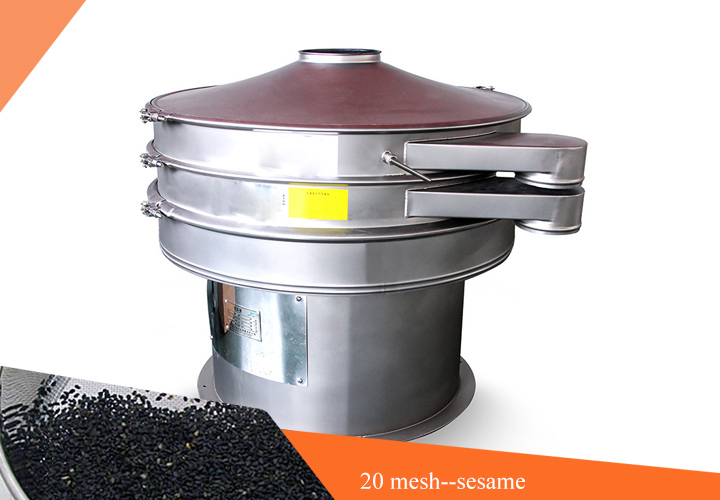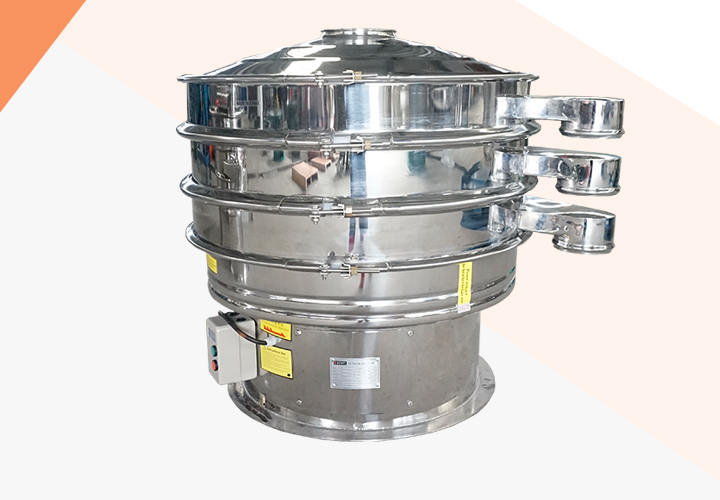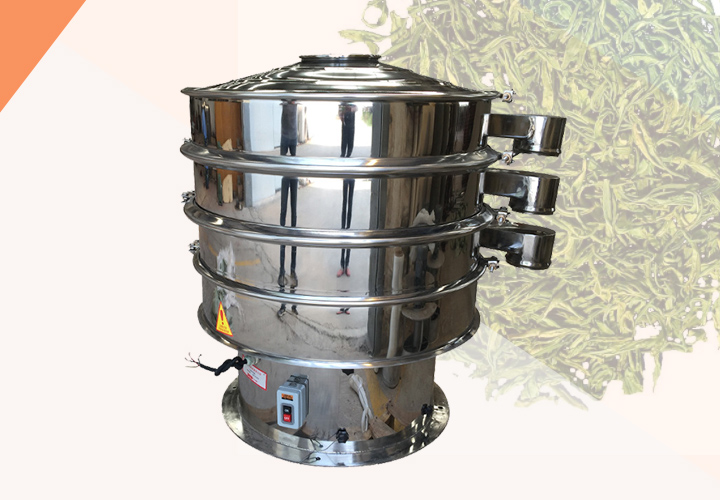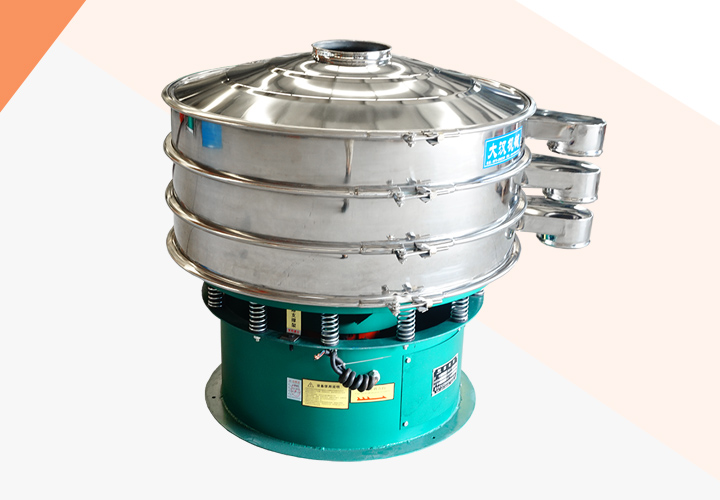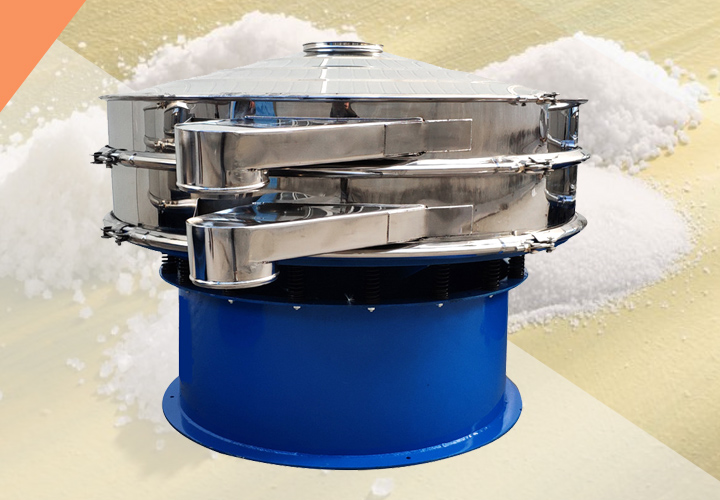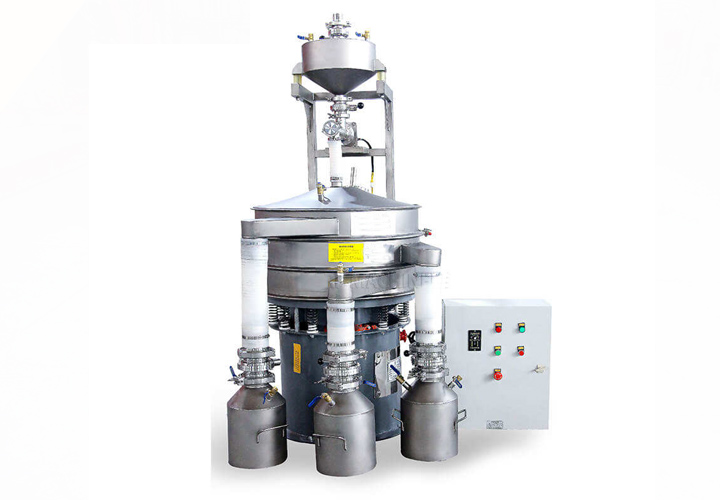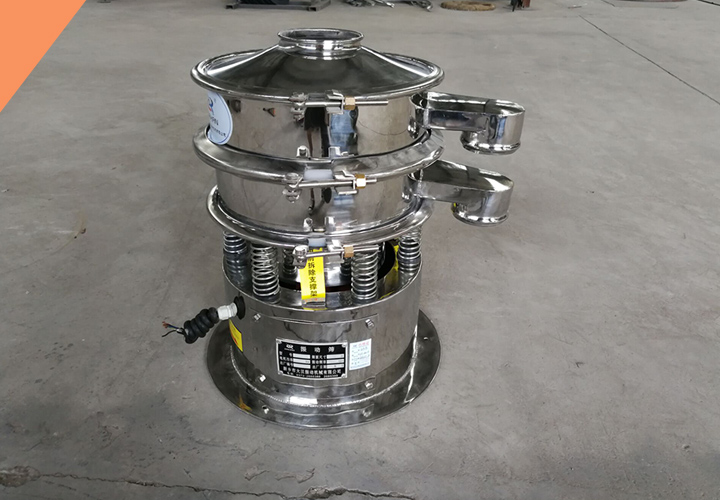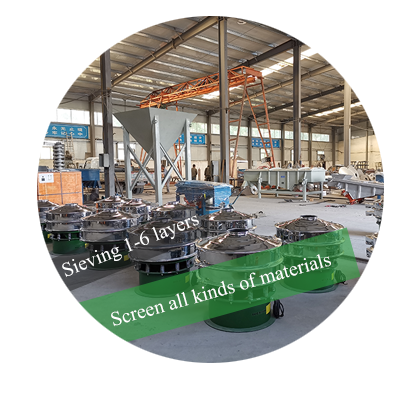Sesame Sieve
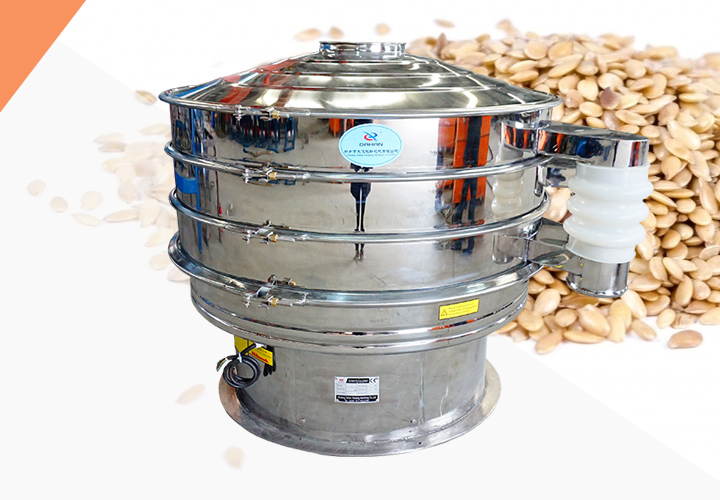
Callback
| Screen size: | 2-500 mesh (0.5-0.025mm) |
| Capacity: | 100-3300kg/h |
| Number of layers: | 1-5 layers |
Made of 304 stainless steel, clean and hygienic
Achieve 2-6 different gradation in a single operation
The screen can be changed arbitrarily according to requirements
What is a sesame sieve?
Sesame sieve is also called sesame sieve machine or sesame sieving machine. Sesame sieving generally refers to sieve out the sand in the sesame or the carbon residue in the fried sesame. Sesame sieve can divide the sesame mixture into 6 different grades. The first level is to separate out the large impurities of sesame, like some pods, rods, and soil bumps, the second level is clean sesame seeds, and the third level is to screen out the impurities smaller than sesame, generally crushed powder, sand, and grass. Impurities such as seeds and so on.
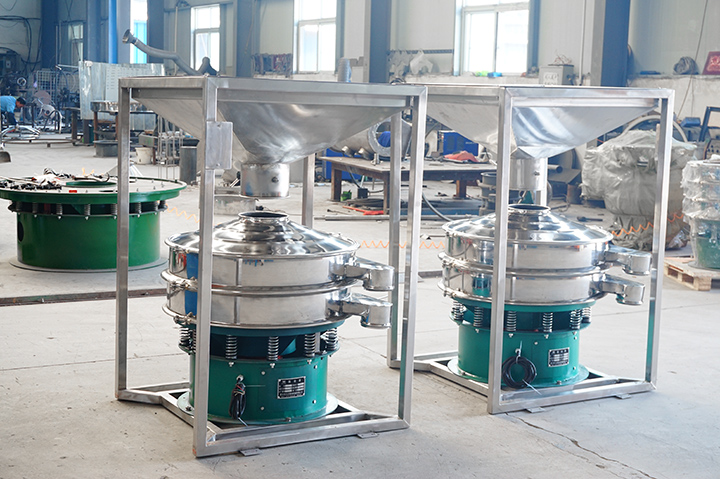
Sesame sieve is a tool or equipment specifically used to separate sesame seeds from impurities (such as stones, crushed shells, dust, etc.) and grade them according to particle size. It is widely used in industries such as food processing, agriculture, and grain and oil production. Its main function is to remove impurities, grade them according to size, and improve the purity and quality of sesame seeds.
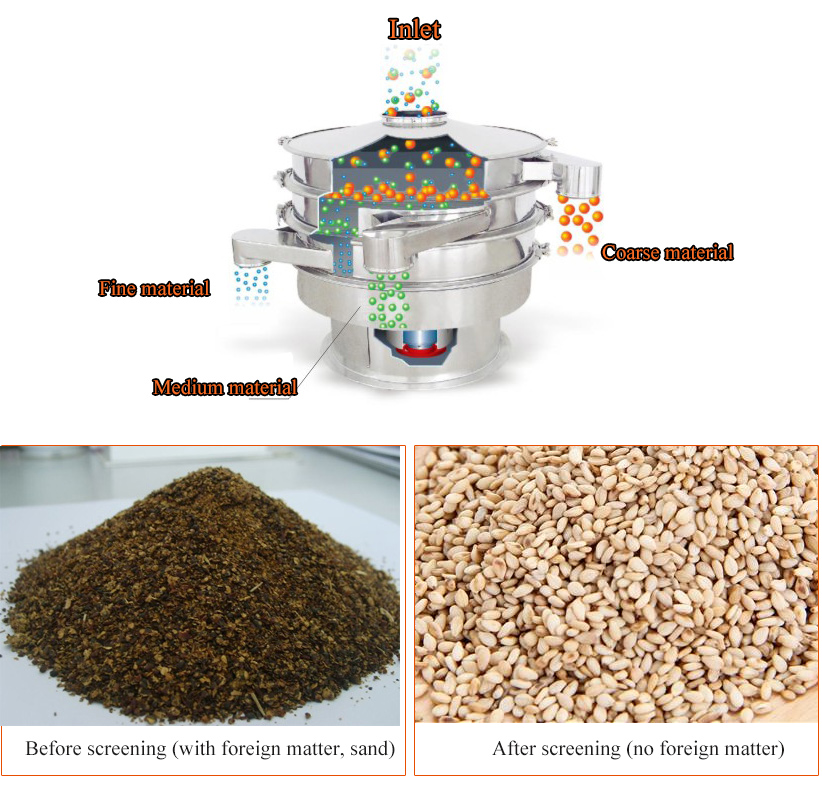
How does the sesame sieve work?
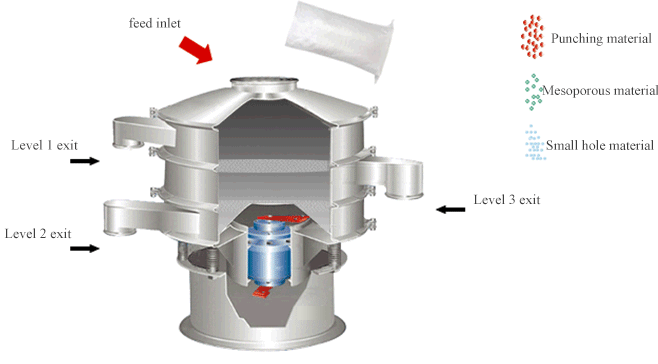
Sesame sieve is generally composed of 3 layers. When the sesame and impurities enter the upper sieve surface from the feed hopper, the sesame passes through the sieve holes and falls to the lower sieve surface, while the large impurities remain on it and flow down the sieve surface. The outlet is discharged. On the lower sieve surface, the opposite is true. Sesame seeds are left on the sieve surface and then flow to the discharge port, while the fine impurities pass through the sieve holes and fall on the bottom plate of the sieve frame, and then are concentrated to the outside of the machine.
Featured videos
-
Remove impurities in sesame
-
Divide sesame seeds into different sizes
What are the benefits of sesame sieves?
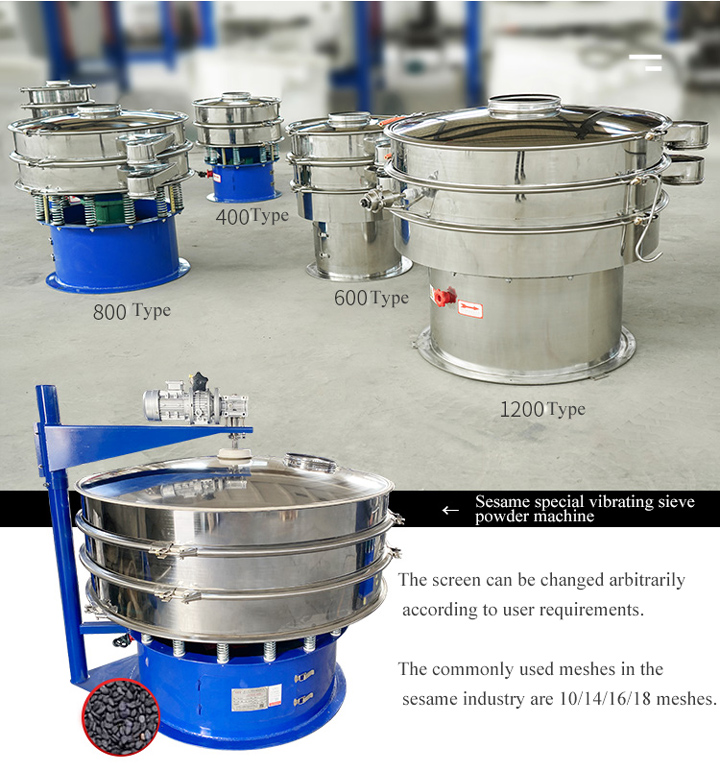
1. This sesame sieve has an organic impurity removal rate of 95% and an inorganic impurity removal rate of 98%.
2. Use 304 stainless steel material, clean and sanitary, with high efficiency of dust removal and impurity removal.
3. The screen can be changed arbitrarily according to user requirements. The commonly used meshes in the sesame industry are 10/14/16/18 meshes.
4. One machine with multiple functions, can be filtered or graded, and the number of grades can reach up to 6. It also has a professional cleaning effect on soybeans, millet, rice, garlic, red dates and other crops.
Technical parameters of sesame sieve
| Model | Diameter mm | Screen area m | Screen size(mesh) | Feeding granularity mm |
| DH-600 | Φ600 | 0.24 | 2-500 | <Φ10 |
| DH-800 | Φ800 | 0.45 | 2-500 | <Φ15 |
| DH-1000 | Φ1000 | 0.67 | 2-500 | <Φ20 |
| DH-1200 | Φ1200 | 1.0 | 2-500 | <Φ30 |
| DH-1500 | Φ1500 | 1.6 | 2-500 | <Φ30 |
| DH-1800 | Φ1800 | 2.43 | 2-500 | <Φ30 |
| DH-2000 | Φ2000 | 3.01 | 2-500 | <Φ30 |
What can sesame sieve be used for?
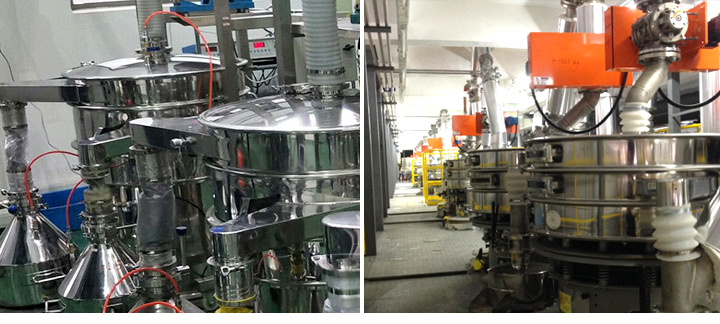
Sesame sieve is used to remove the husks and sand left over during the harvest of sesame seeds, or to remove the carbon residue and broken skins in the sesame seeds after being fried. It is generally used in grain storage plants and grain and oil processing plants.
Solution for Sesame Sieve
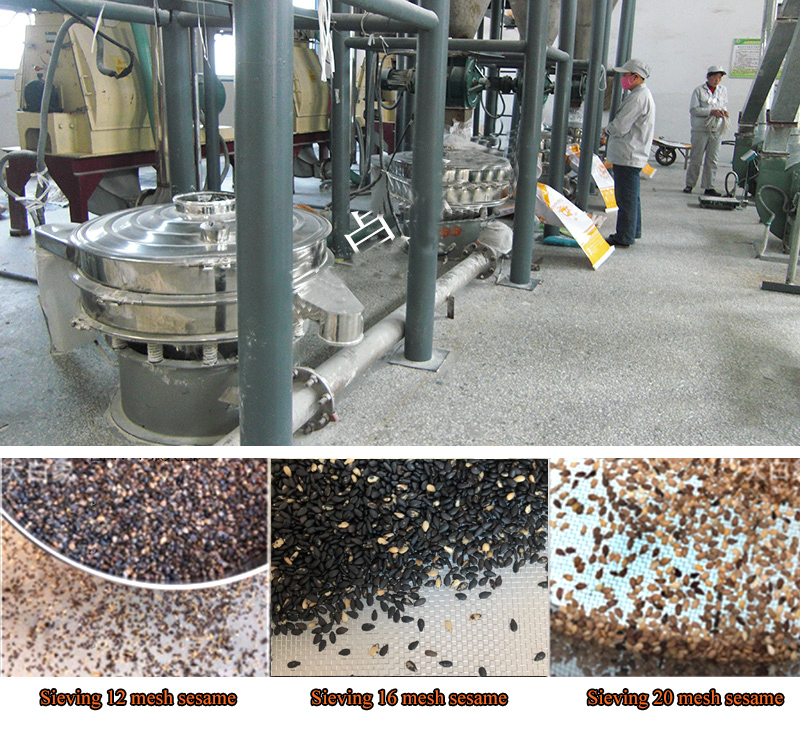
The average length of sesame seeds is about 2-3 millimeters and the width is about 1-2 millimeters. Therefore, the main purpose of screening sesame seeds is to remove impurities smaller or larger than sesame seeds, as well as empty and damaged sesame seeds.
What are the precautions for sesame sieve?
1. According to the impurity content of sesame seeds, the flow rate should be controlled, and the feed should be uniform and the thickness should be consistent. Second, always check whether the screen surface is damaged, whether the screen hole is blocked, etc., if the screen surface is damaged, it should be repaired or replaced immediately; the blockage of the screen hole should be cleaned with a long-handled brush. It is strictly forbidden to tap the sieve surface during operation.
3. For vibrating screens equipped with brushes, check the movement of the brushes and the efficiency of brushing frequently.
4. Large inclusions on the upper sieve surface of the vibrating screen should be removed at any time.
5. If impurities are found under the bottom sieve surface, I think it should be stopped immediately for maintenance.
6. The air volume of the vibrating screen equipped with suction equipment should be adjusted appropriately to prevent dust from escaping and to avoid the sesame seeds from being sucked away. Always check the dust effect of the dust collector.
Recommended aperture range for different screening purposes
Removing impurities (removing impurities from sesame seeds, such as sesame shells, etc.)
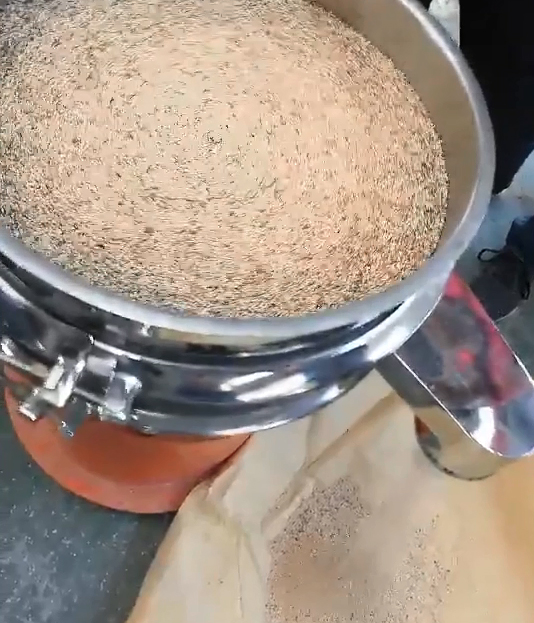
Sesame sieve removes larger impurities (such as straw, leaves, stones, etc.): circular holes are 4-6 millimeters, square holes are 3-5 millimeters
Sesame sieve removes small impurities (such as fine sand, soil, crushed sesame seeds, etc.): circular holes are 1.5-2 millimeters, square holes are 1-1.5 millimeters
Grading (removing empty and damaged sesame seeds):
Circular holes can be selected with a slightly smaller diameter than full sesame seeds according to needs, such as 1.8-2.2 millimeters.
Square holes can also be selected with a slightly smaller aperture than full sesame seeds according to demand, such as 1.3-1.7 millimeters.
Fine screening (further removal of fine impurities):
Sesame sieves can use higher mesh sizes, such as 10-20 mesh (with a pore size of approximately 0.85-2 millimeters).
Mesh size configuration
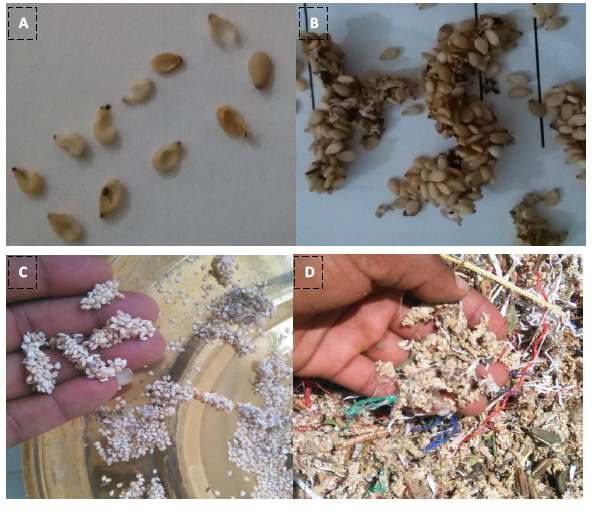
Level, mesh size, aperture (mm), function
| First layer (coarse sieve) | 10-12 mesh | 1.6-2.0mm | Remove large particle impurities (such as straw, small stones, damaged sesame shells) |
| Second layer (grading sieve) | 16-18 mesh | 1.0-1.2mm | Screen out larger sized sesame seeds as complete granules (high-quality sesame seeds, usually used for direct consumption or high-end markets) |
| Third layer (fine sieve) | 22-24 mesh | 0.7-0.9mm | removes broken particles, fine sand and gravel, screens out smaller sized sesame seeds (suitable for oil pressing or secondary use), while fine impurities (such as sand and dust) fall to the bottom layer |
For the primary cleaning of sesame seeds, sesame sieves remove larger impurities, and circular holes may be less prone to clogging. Square hole sieves have an advantage in accuracy, but attention should be paid to clogging.
Sesame sieve adopts a multi-layer sieve design, with coarse sieve using larger pore size to remove large impurities, and fine sieve using smaller pore size to remove small impurities and classify them.
-
Suitable for screening and filtering of granules, powder, mucus and other materials ...
-
Sieving to 500 meshes can effectively improve tea clarity and quality ...
-
Different outlets and inlets can be designed according to different usage scenarios ...
-
It can carry out 2-6 levels of screening and classification at the same time ...
-
Ensures removal of contaminants such as large particles and agglomerates from metal ...
-
Potato Starch Vibrating Screen
The discharging port can be adjusted 360 degrees arbitrarily, which is convenient to connect with the scene. ...
-
Sesame sieve price
The principle of screening is mainly to use the difference in particle size between sesame and impuri ...
-
Sesame sieve price
The principle of screening is mainly to use the difference in particle size between sesame and impurities ...
-
How much is the medical Circular Sieve
The pharmaceutical Circular Sieve is an exclusive tool for screening materials in the pharmaceutical industry ...
-
Palm Nut Grading Screen Machine
Palm nut grading screen machine is a key equipment in palm oil processing production line. This equipment can ...

E-mail:
sale@xxdahan.com
WhatsApp:
+86 15236742901
Add:
1000m West of Forest Park,Yanjin County,Xinxiang City,Henan Procince,China.

